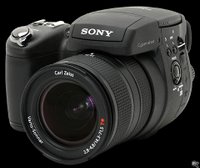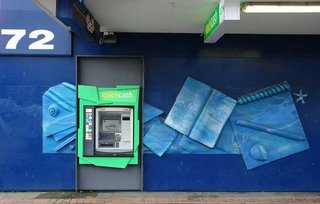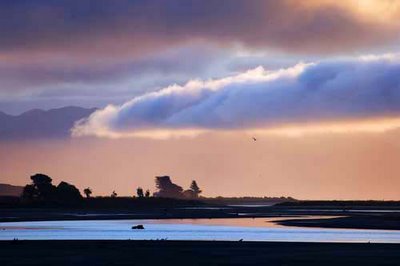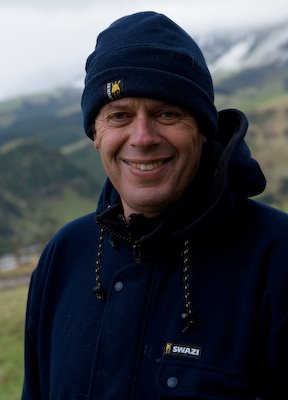Winter Workshop (not for the faint-hearted)

OK, Blatant plug time.
As one or two of you may know, I am involved in a couple of workshops this year. In April I will be working with Freeman Patterson and Sally Mason on a 1-week workshop in Martinborough, New Zealand (all you wine-lovers can stop sniggering now!). Unfortunately that one is full.
If you have a thing for beauty, gorgeous light and amazing landscape, then you might be interested in this one….
I am working with Darran Leal of Wild Visions in Australia. Darran has been doing highly successful tours for years now and is highly respected. You may even have been on one of his workshops yourselves. He asked me to come up with a dream workshop in New Zealand. So this is it…
We will be getting up really early, traveling to remote landscapes in Central Otago to photograph the early morning light, then working through the day. Home to base in the evening, food and a few drinks, then a lecture/practical session led by Darren or myself.
The workshop dates are July 11-15, 2006.
To find out more/book, contact Darren here and/or visit his website










